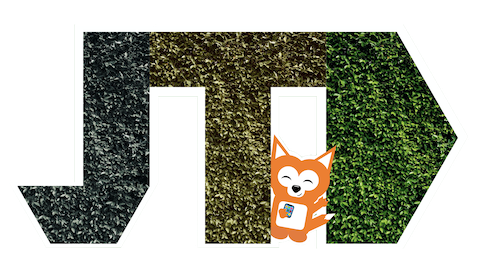Curiosity in practice
Every decision is made for a reason, rational or emotional, obvious or far-fetched.
Everyone works this way: stakeholders, designers, developers, testers, users and ourselves.
Our role is to stay curious and understand others, so that our work and products can fit their familiar needs while expanding their lives in new ways.
How can we stay curious?
There’s several areas in our daily work where we can keep the curiosity spark glimmering:
Trying to understand why users aren’t finding that seemingly obvious feature; ask out loud: what am I missing for this not to work?
Questioning how other successful competitors (or players in other industries) are solving the problem I need to solve;
While debating a feature with a stakeholder/designer/dev and finding an aspect we strongly disagree about, ask: what are they trying to convey? Are they afraid this plan is too slow, has too many dependencies, will be a repeat of our last failure, is too complicated? Once we figure that out, we can cater to their need of understanding us.
Curiosity is the first half of problem solving (possibly the thing I am most passionate about).
The second half is trust.
